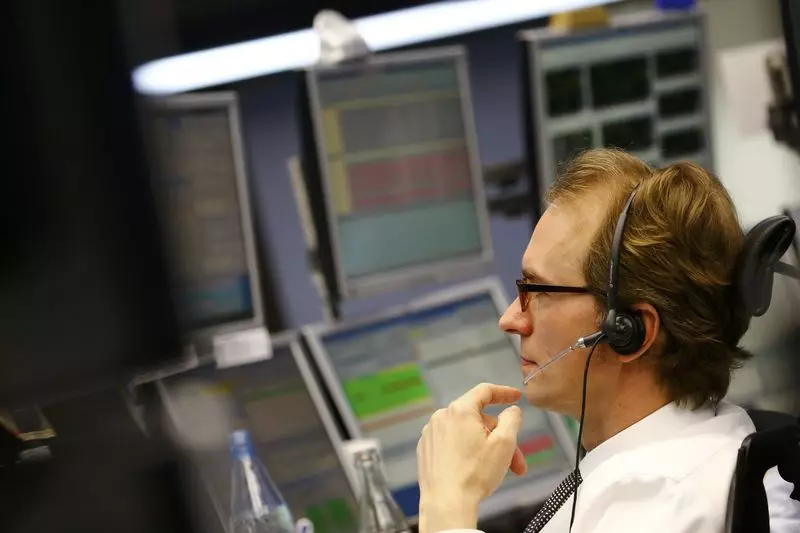As Mexico braces for financial adjustments in the upcoming year, the central bank’s approach towards interest rates is under intense scrutiny. With anticipated changes in monetary policy, Deputy Governor Jonathan Heath has indicated that a systemic re-evaluation of the interest rates is set for February 2025. The potential rate cut, ranging between 25 to 50 basis points, may stimulate economic activity but is fraught with uncertainty, largely influenced by external factors, including U.S. trade relations and domestic inflation dynamics.
A significant variable complicating this decision-making process is the uncertain trade landscape between Mexico and the United States. Following President-elect Donald Trump’s election victory, the looming threat of a 25% tariff on Mexican imports adds pressure to the economic outlook. Such tariffs, aimed at addressing drug trafficking and migration issues, could impose detrimental impacts on Mexico’s economy. As the Deputy Governor highlighted, the actual voice of the U.S. administration on trade policies will be pivotal in informing Mexico’s economic stance. Any adverse announcements following his inauguration may resonate profoundly within the Mexican economy, complicating the easing cycle the central bank has been pursuing.
Current Monetary Policy Trends
The Bank of Mexico has already embarked on a rate-cutting journey, initiating a decrease of 25 basis points earlier in the year, reflective of a responsive approach to the slowing inflation trends in the nation. The concern over inflation is palpable. As inflation indicators show a gradual decline, discussions surrounding more pronounced cuts have emerged. However, doubts remain about the sufficiency and timing of these adjustments. Despite discussions surrounding potential reductions in the benchmark rate, Deputy Governor Heath has made it clear that escalated cuts beyond the proposed range would be tricky to justify.
In a more immediate context, inflation metrics are the focal point around which monetary policy pivots. Presently, Heath underscores the necessity of closely monitoring services inflation, which has sustained elevated levels. Even while analysts forecast a decrement in headline inflation to approximately 3.8% by the end of 2025, the overarching sentiment reflects caution emanating from both public and private sectors alike. Given the tight fiscal policies that the government is entrenching to dose the budget deficit, it becomes imperative to explore alternative economic strategies that could bolster consumer confidence.
Within the central bank’s board, diverging opinions are becoming increasingly observable regarding the pace and magnitude of rate cuts necessary to recalibrate inflation trajectories. The imposition of rate cuts is not uniformly supported, suggesting that internal consensus may be a challenge moving forward. This potential discord highlights the complexity of monetary policy-making, where multifaceted economic indicators collide, necessitating a delicate balancing act.
Interestingly, Heath’s forecast of a target benchmark interest rate settling between 8% and 8.5% by the end of 2025 indicates a willingness to embrace a more hopeful scenario should economic conditions align favorably. Nevertheless, a strong sense of caution prevails regarding the inherent unpredictability of market conditions, reminiscent of external shocks and their potential repercussions.
Forecasts predict the Mexican economy will grow at a modest rate of 1.12% in 2025, down from 1.6% the preceding year. Should negative shocks be avoided, Heath envisions a robust economic expansion moving into 2026, with inflation stabilizing around the 3% mark and a neutral monetary policy established. The trajectory of growth reflects an underlying optimism that, despite challenges, a steady recovery could be on the horizon.
The central bank of Mexico faces a multifaceted conundrum as it weighs potential rate cuts against a backdrop of geopolitical uncertainties and domestic inflation challenges. A cautious approach, accounting for unpredictable externalities, may prove essential for fostering sustainable economic growth while striving to meet inflation targets. As the financial landscape evolves, the ongoing dialogue will remain vital in navigating the complexities of fiscal policy and economic stability in Mexico.

